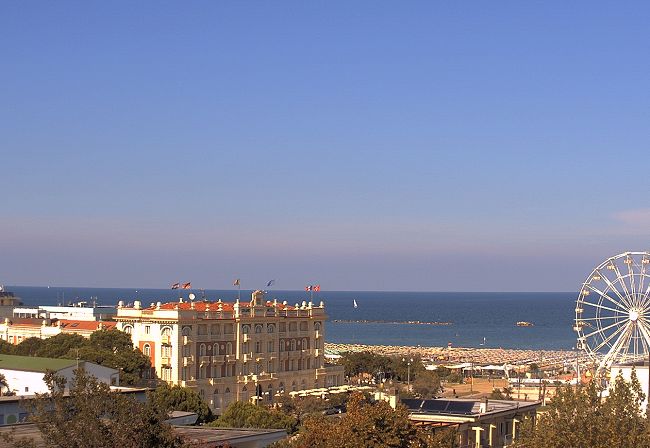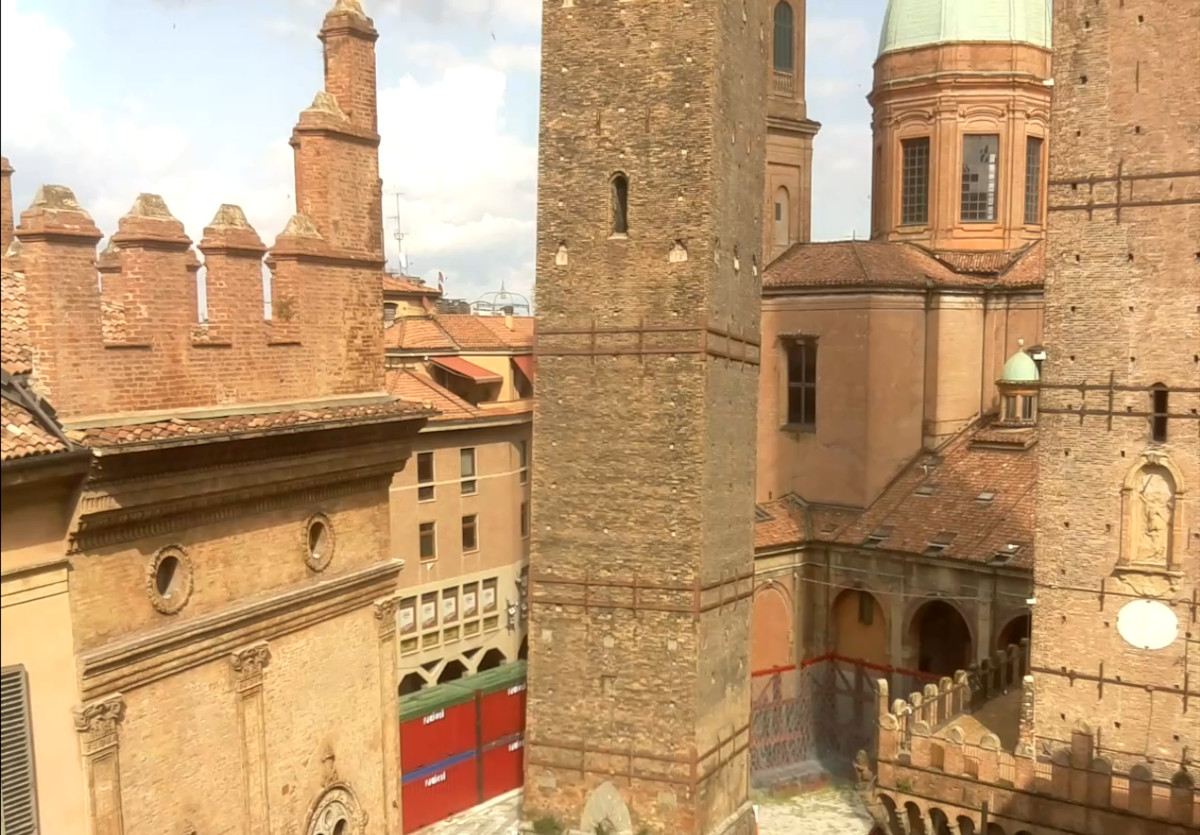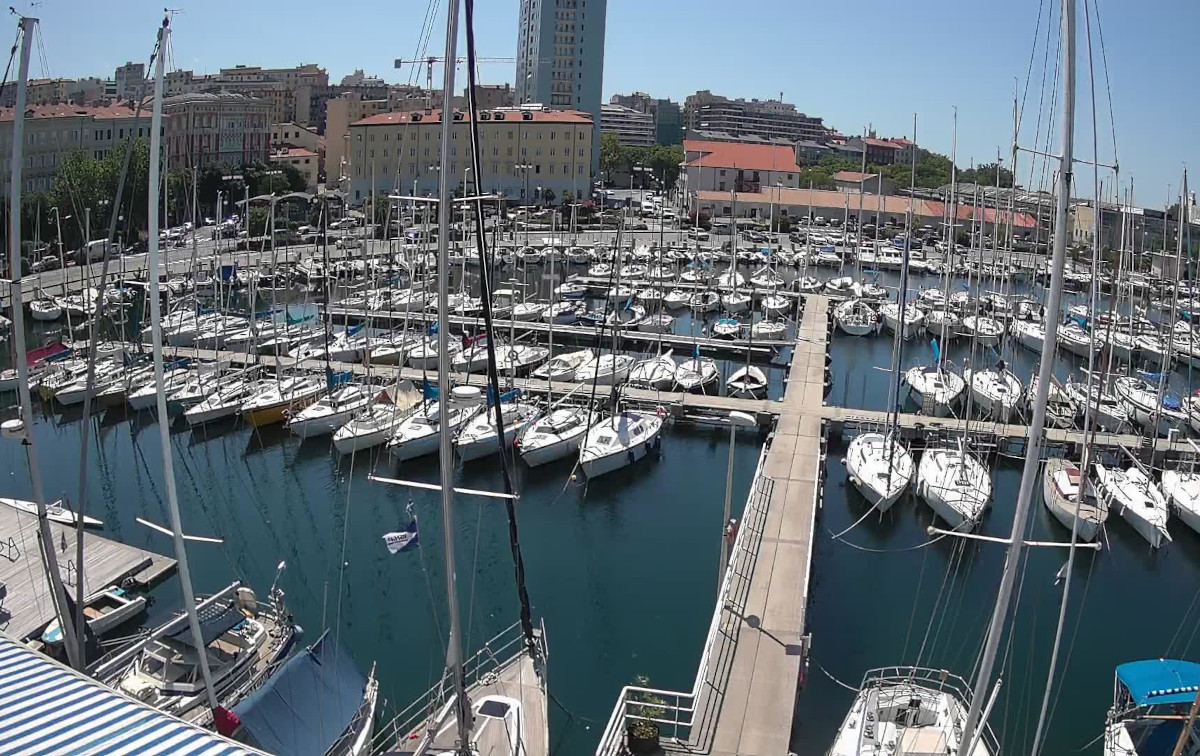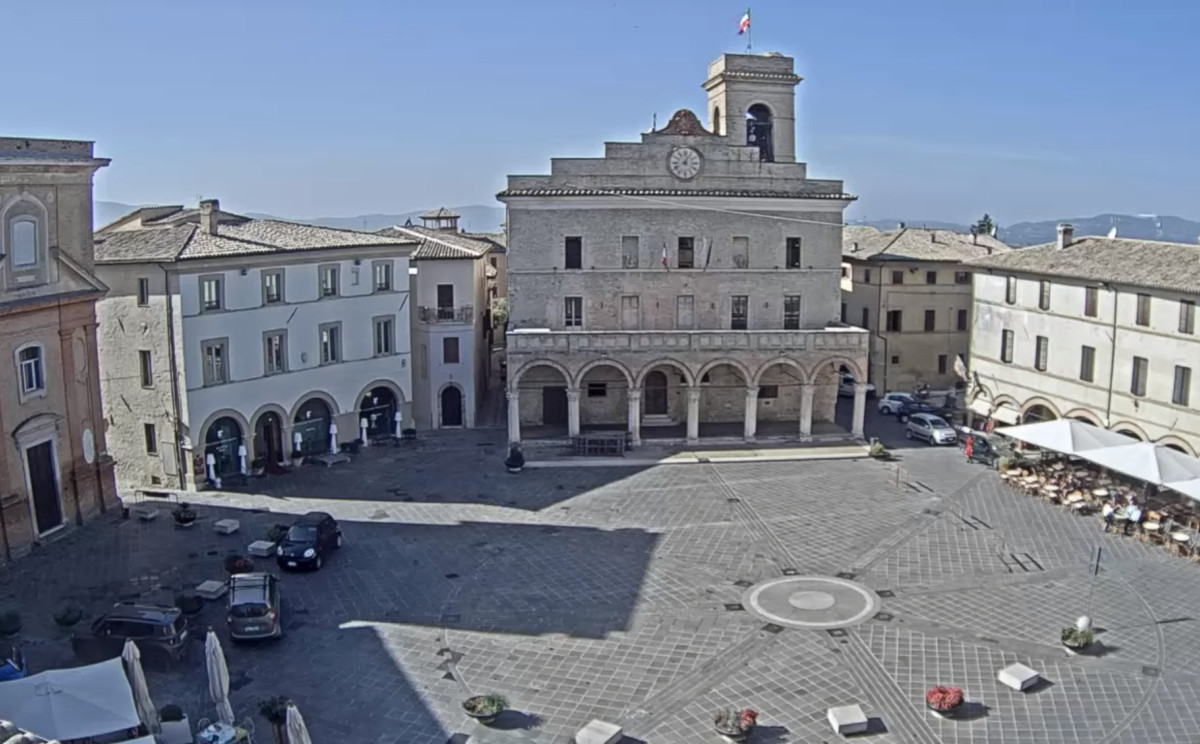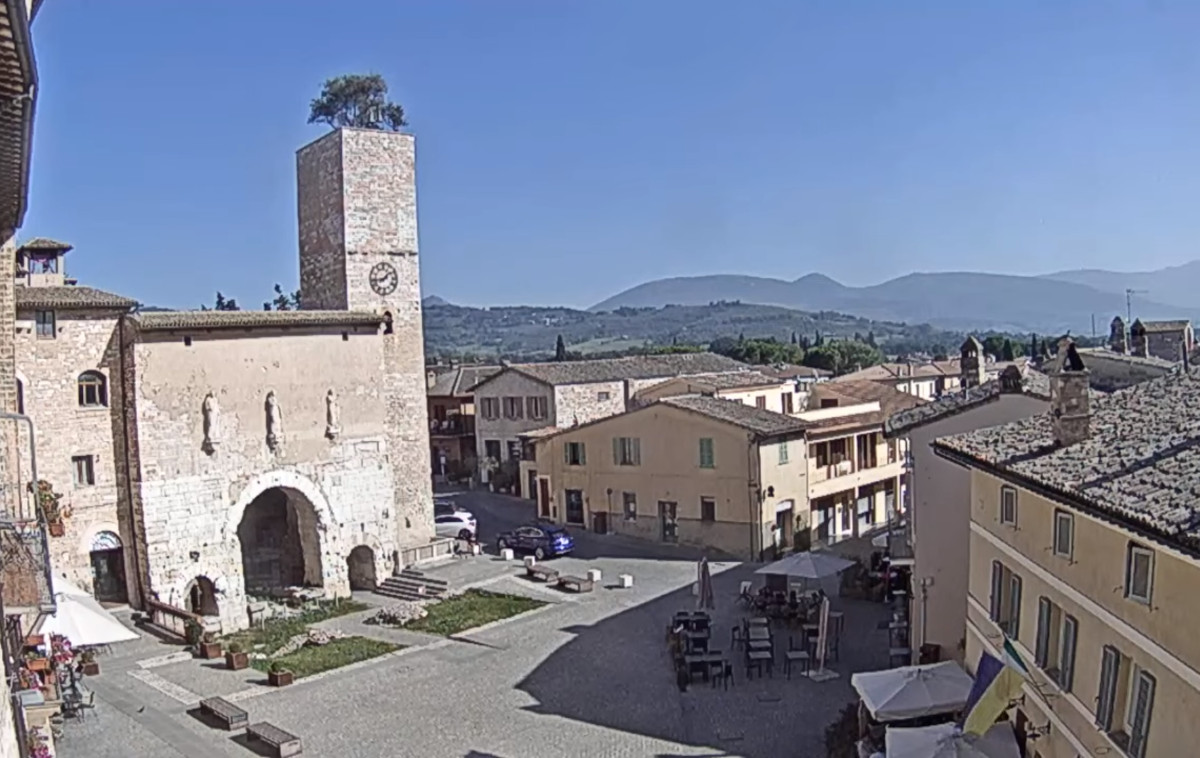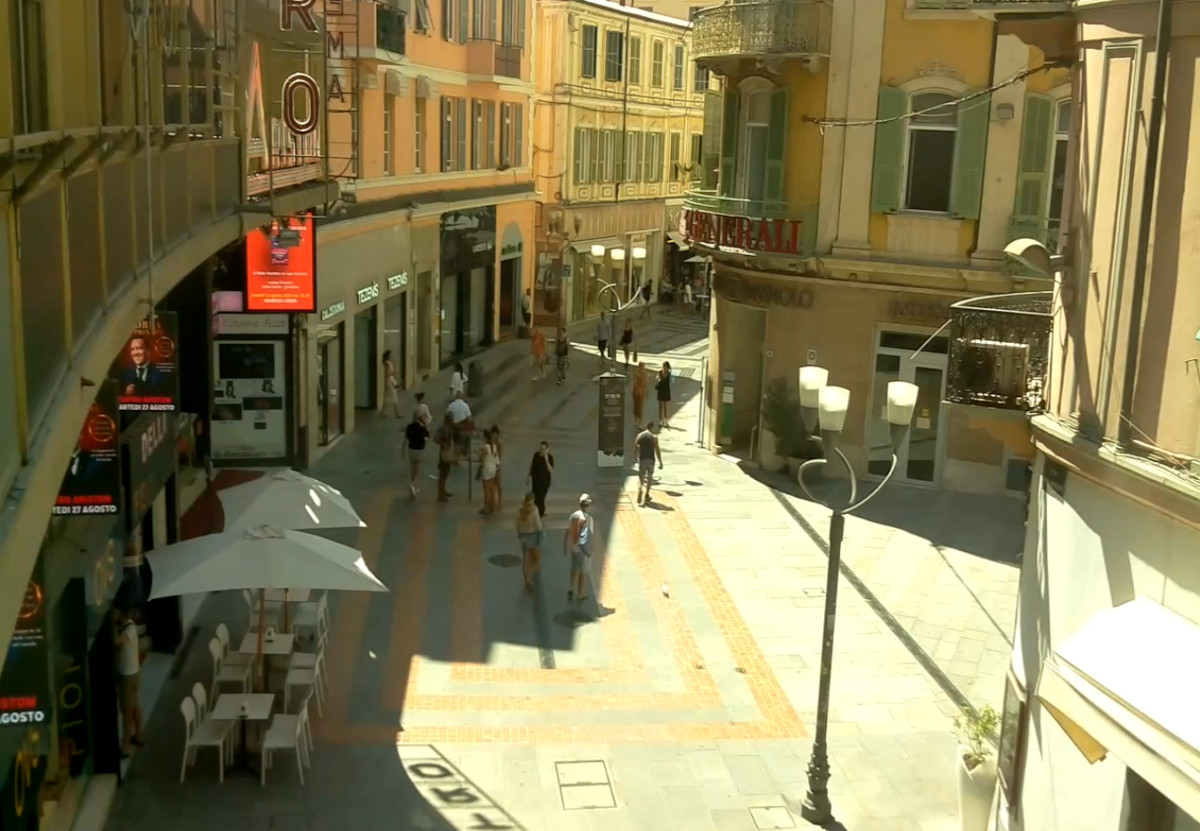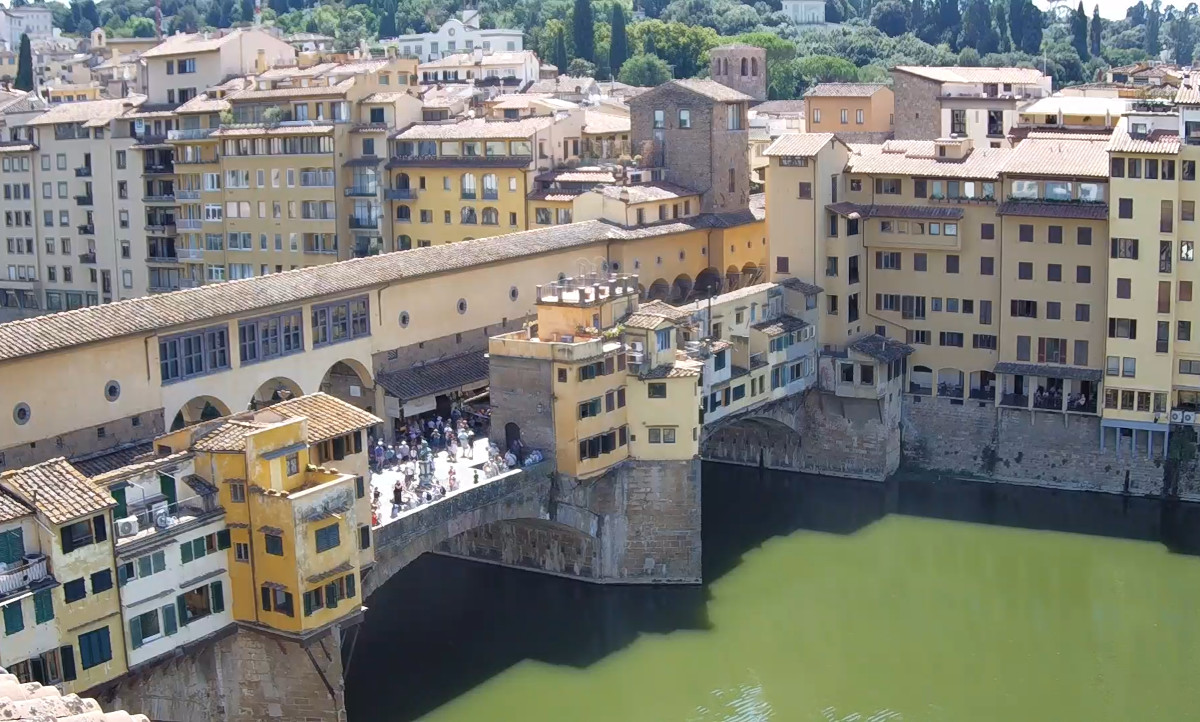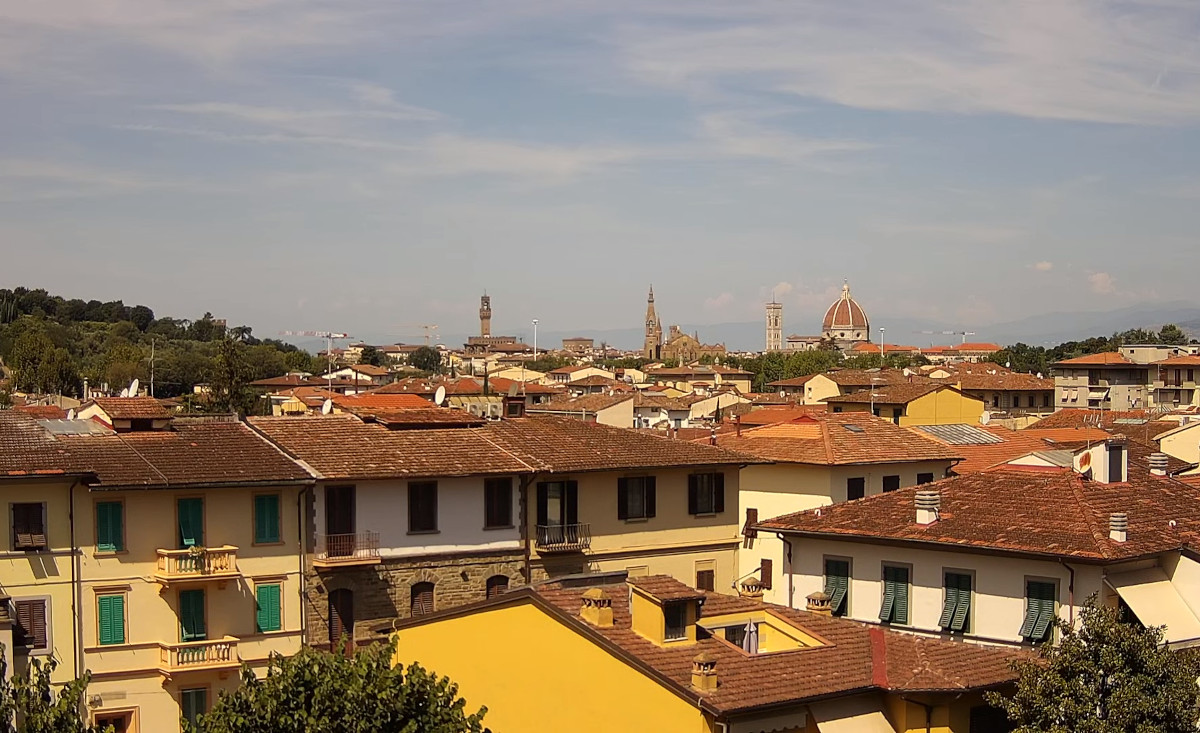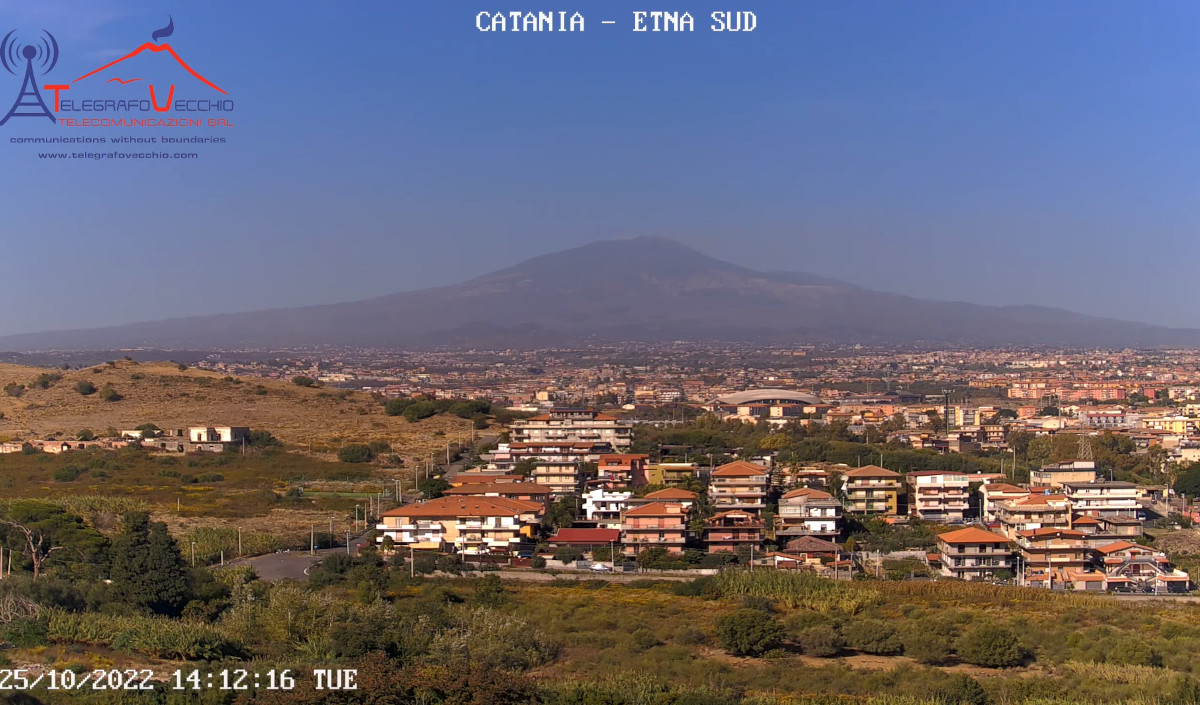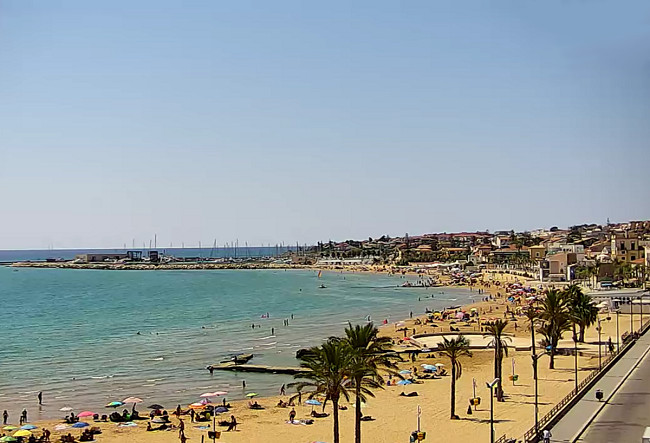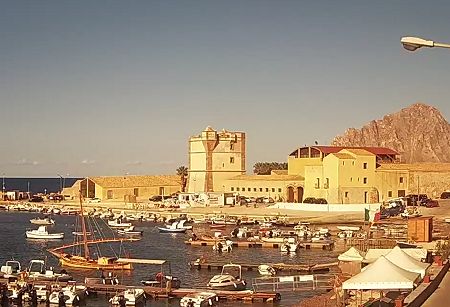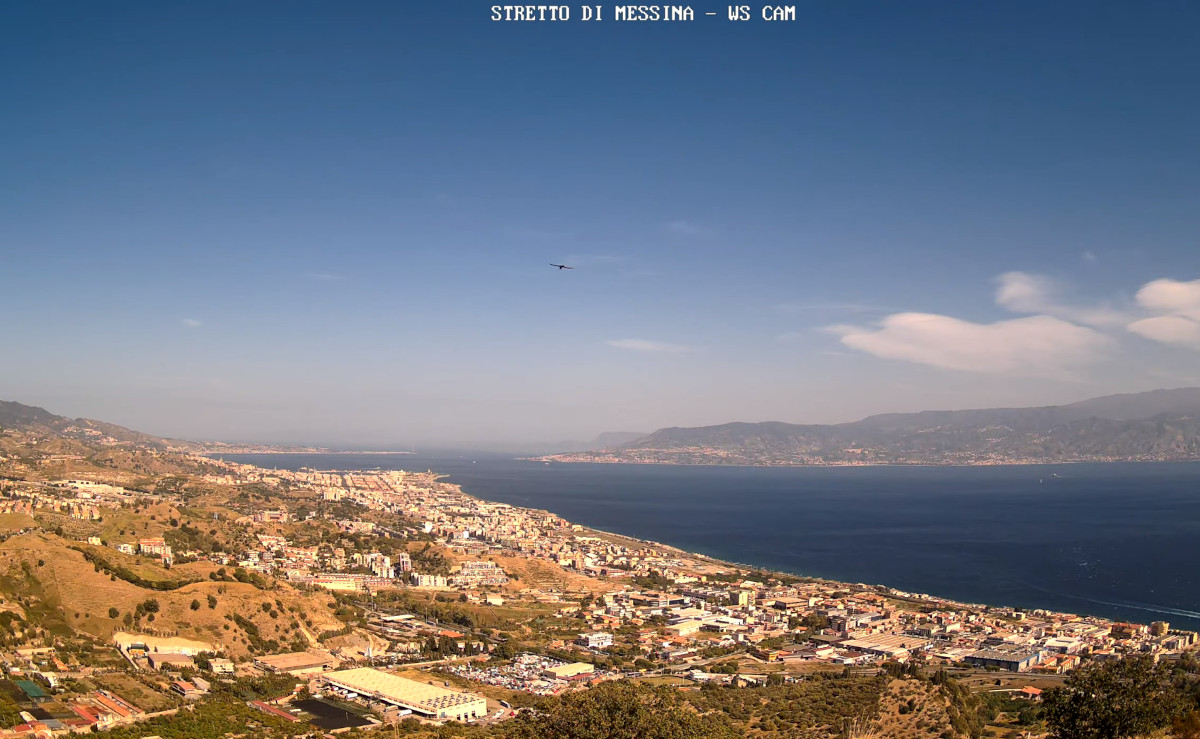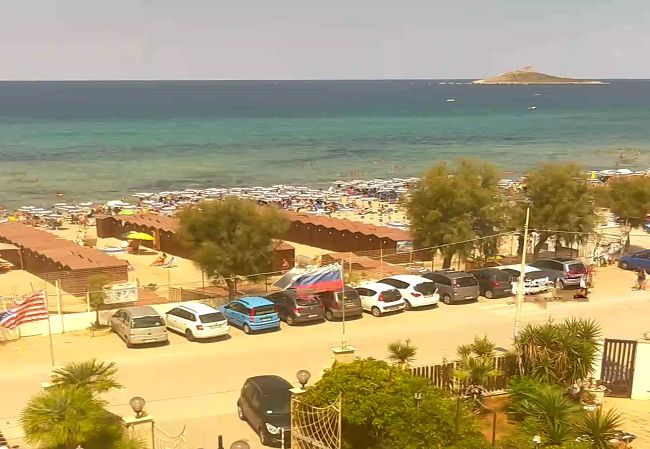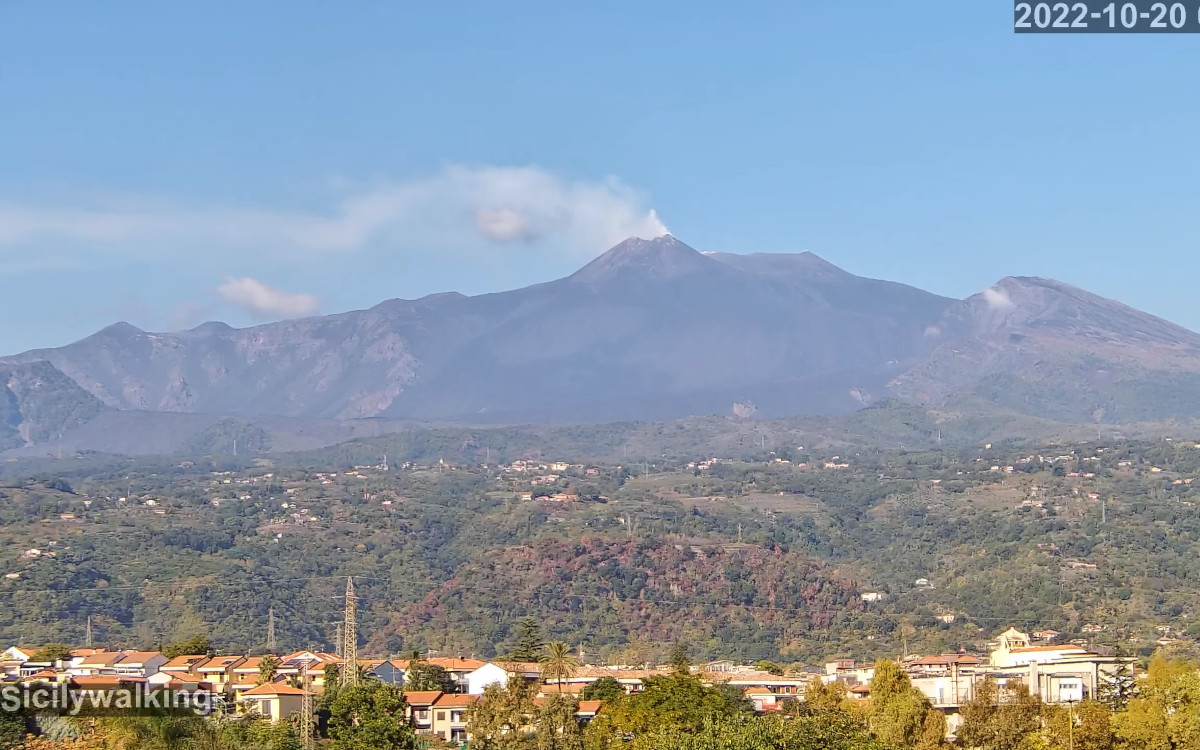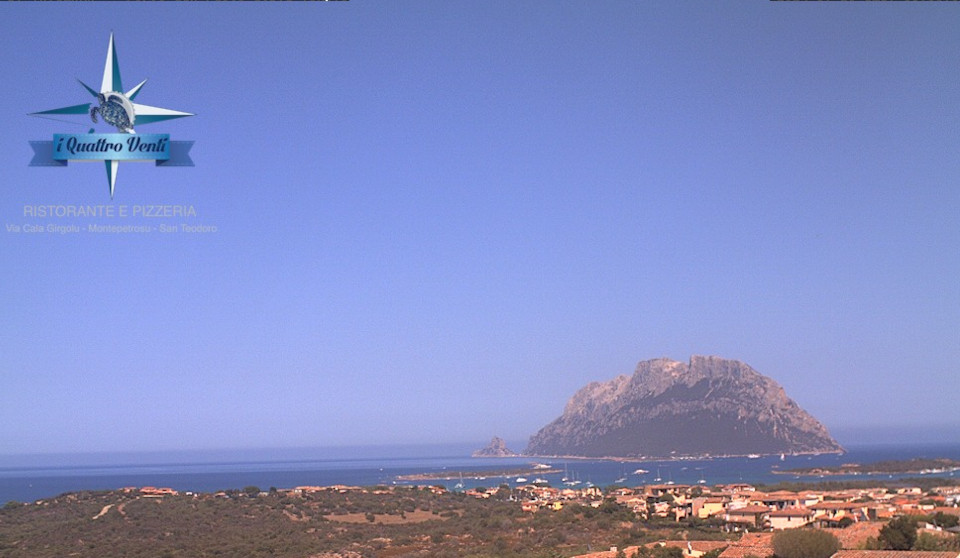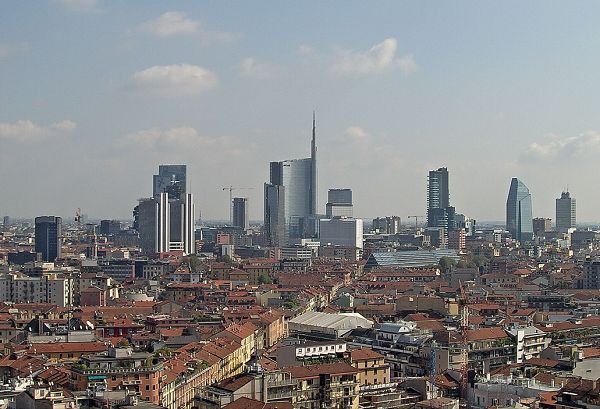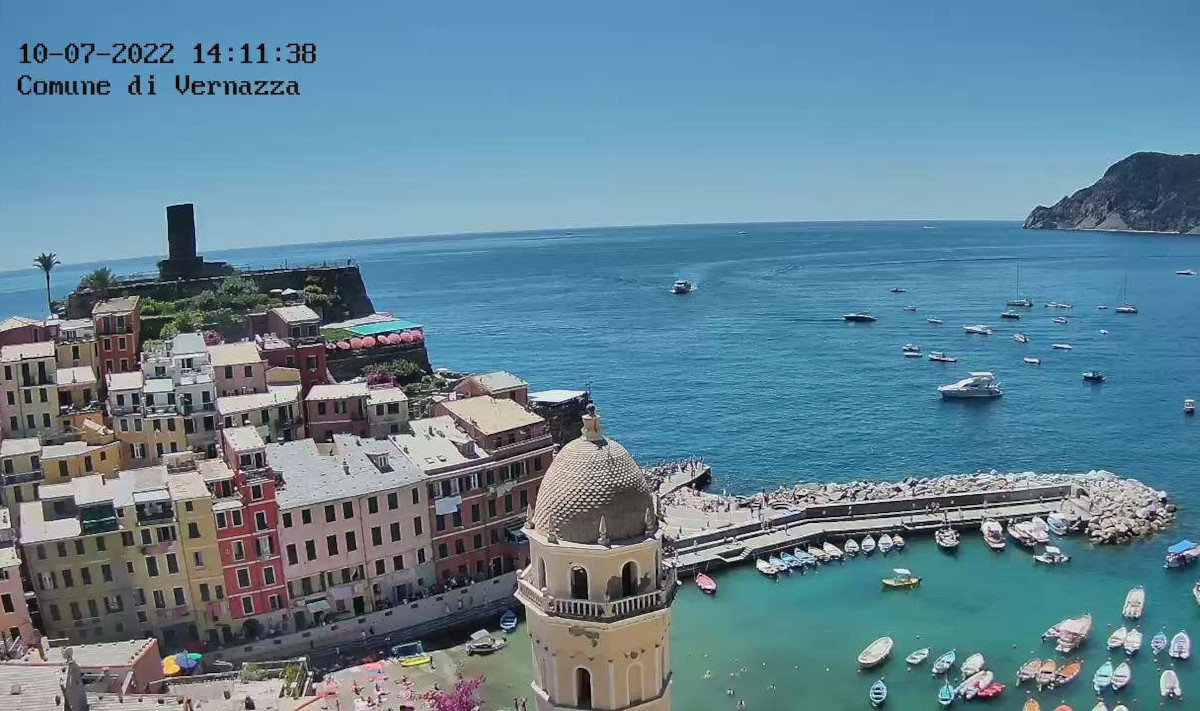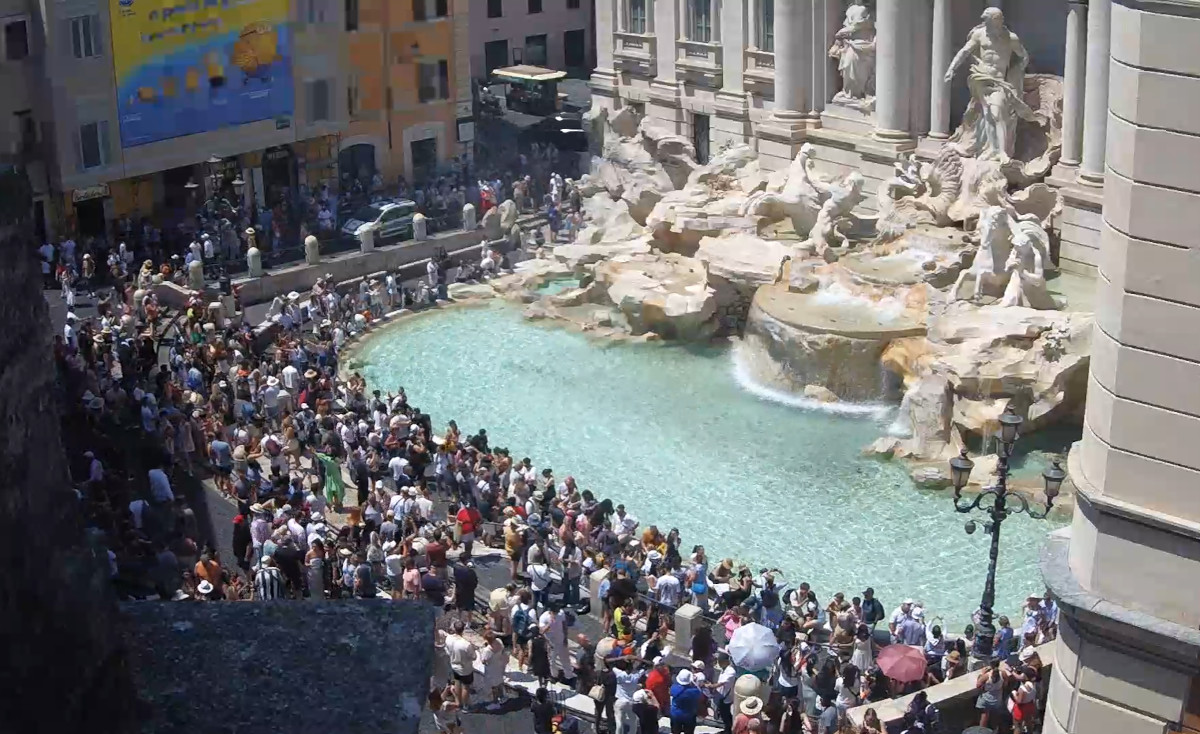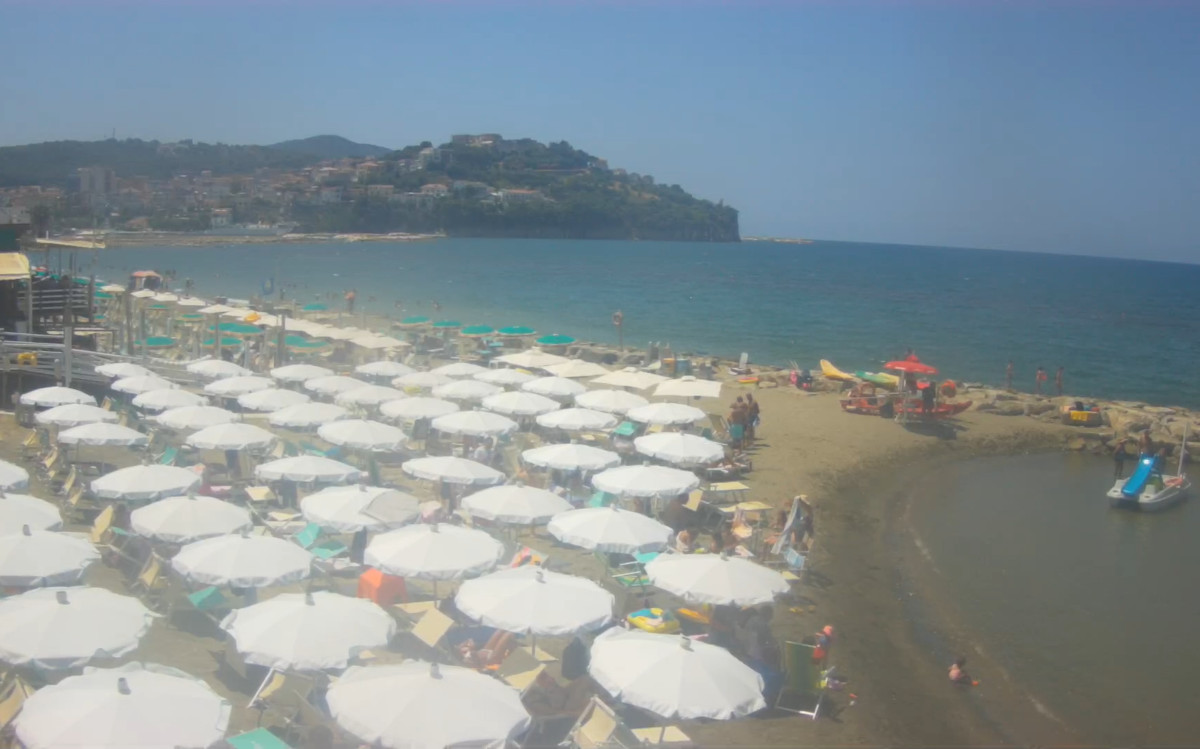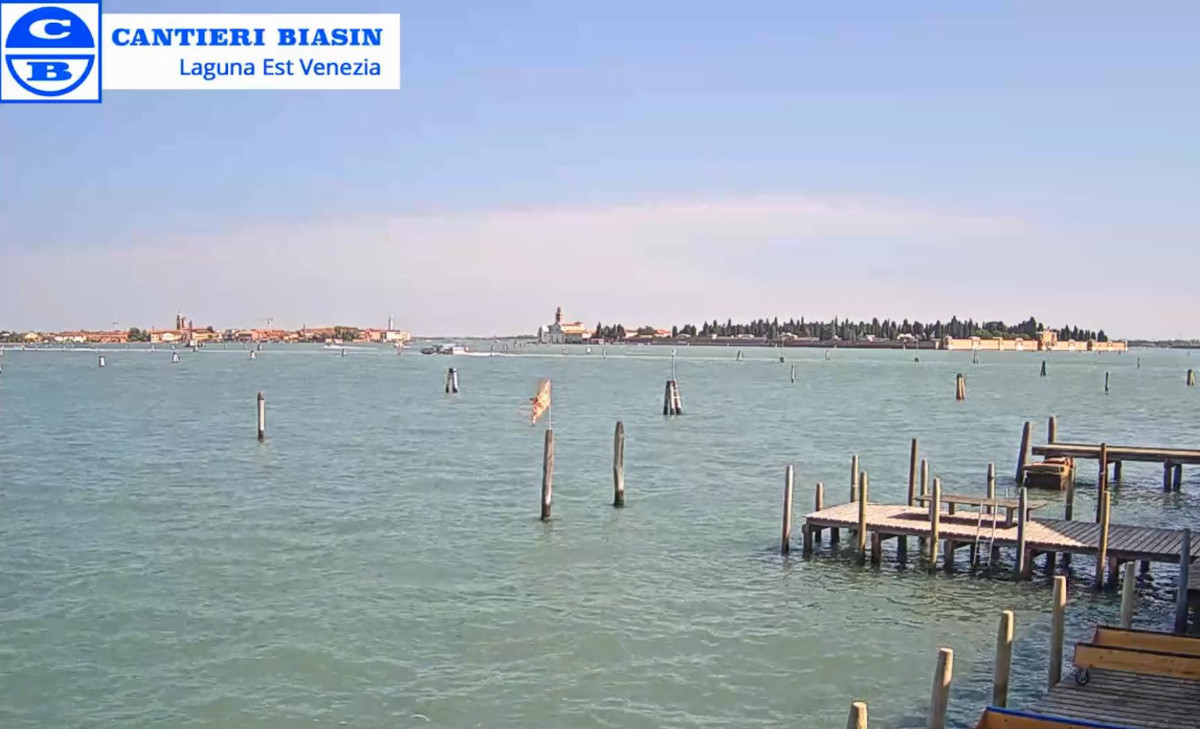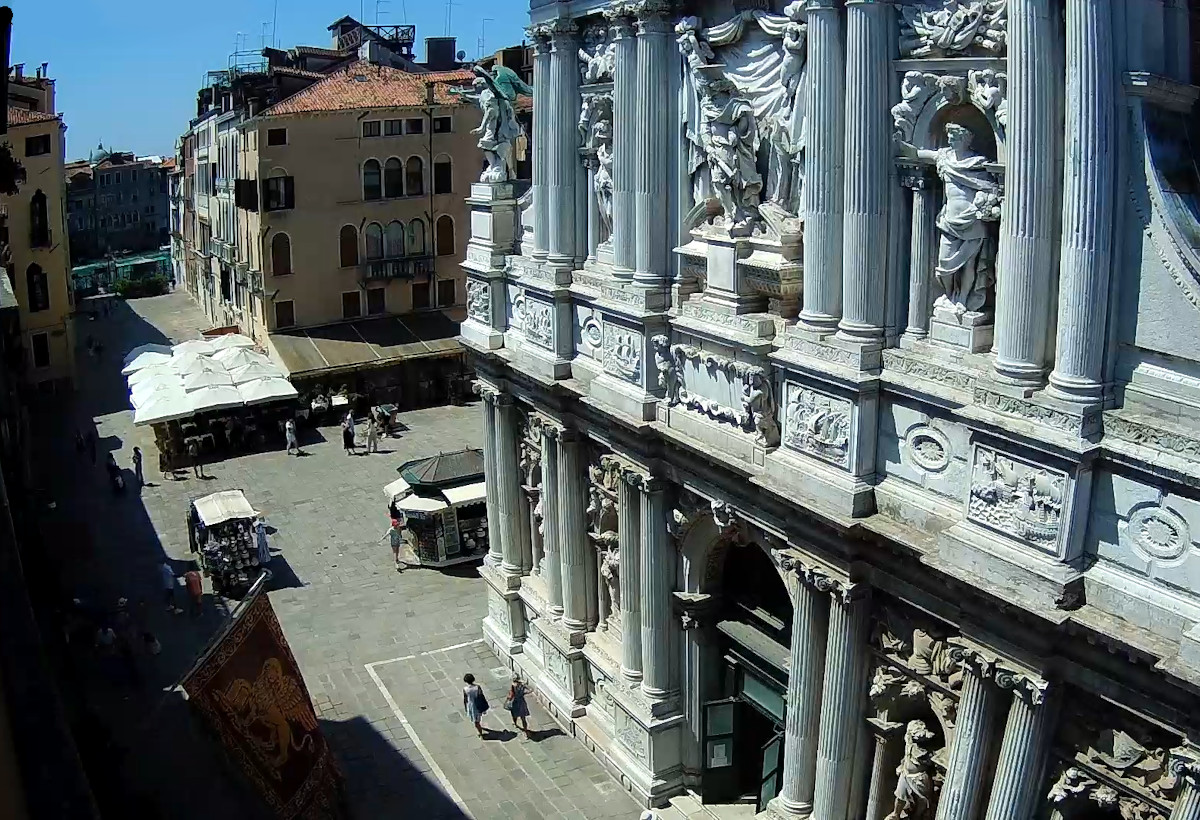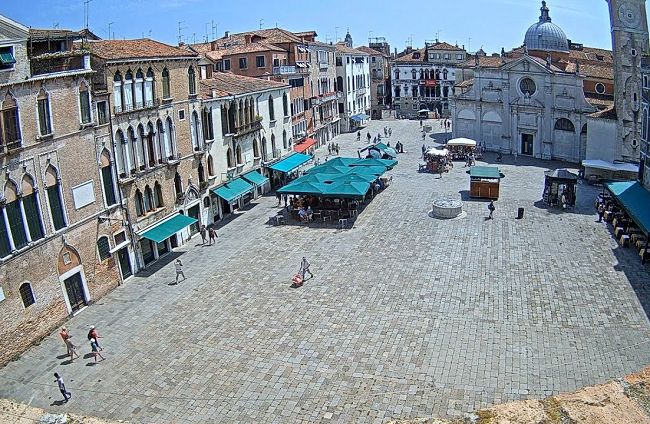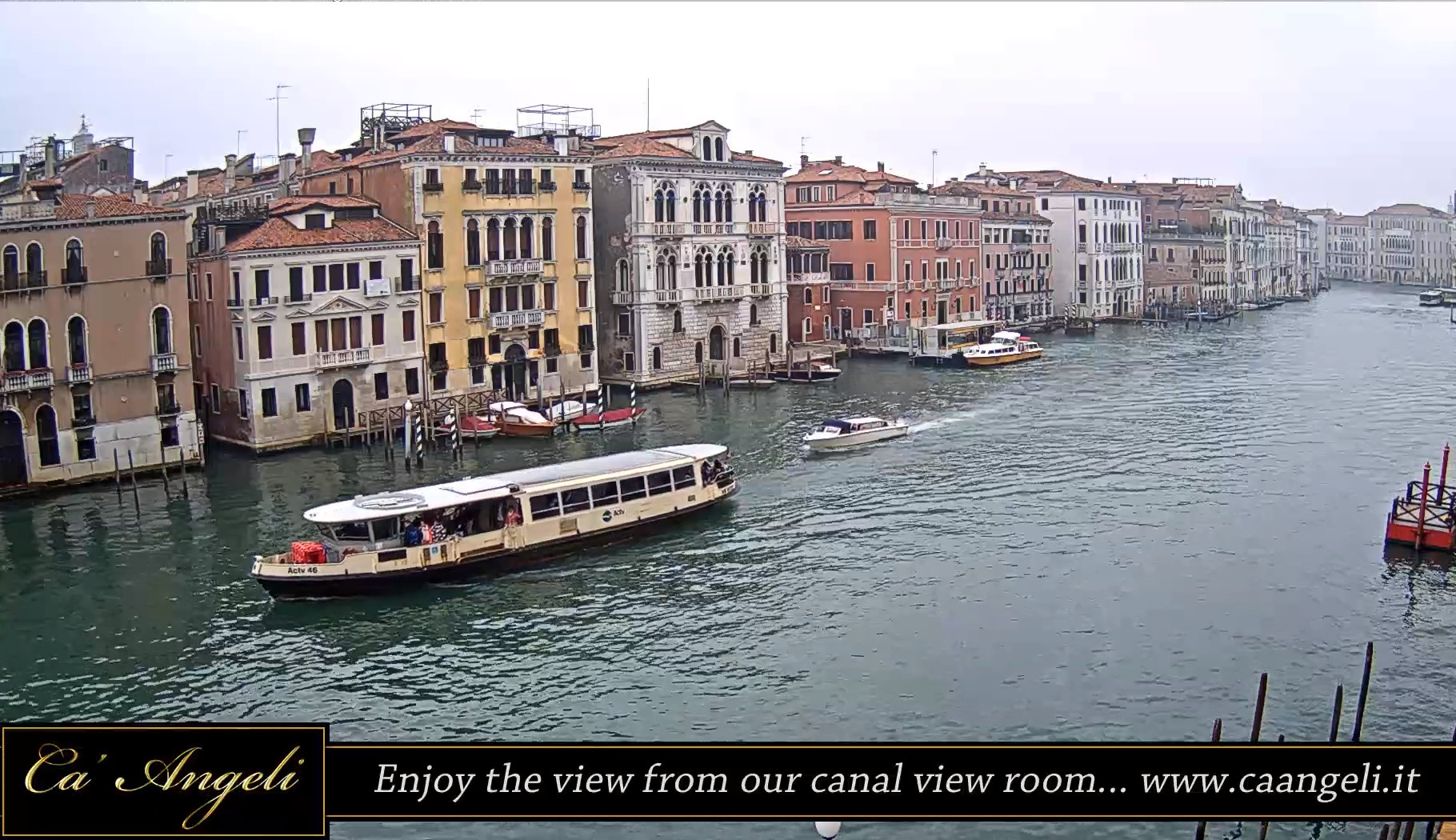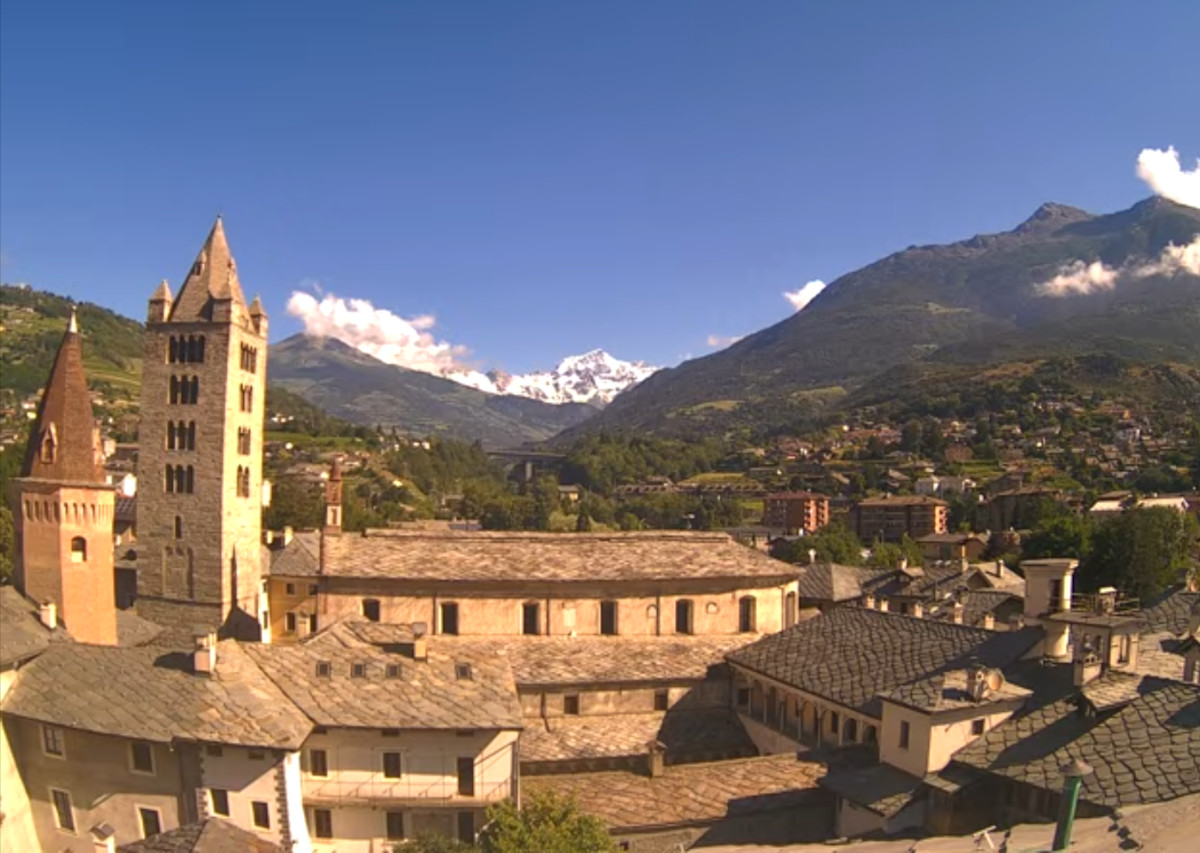Italy Live Webcams
Live webcams in Italy stream real-time views of cities, resorts, airports, nature, national parks, reserves, lakes, rivers, beaches, and landmarks of this Southern European country, located centrally in the Mediterranean. Italy shares borders with France to the northwest, Switzerland and Austria to the north, and Slovenia to the northeast. These live webcams provide current weather conditions across various regions and cities in Italy. Some of the webcams also offer sound. The most popular webcams are listed at the top of the page. An interactive map of webcams displays the exact location of each camera in Italy.
Brief Information About Italy
Italy (officially the Italian Republic, Italian: Repubblica Italiana) is a significant country in the central Mediterranean region of Southern Europe. It covers an area of 302,000 km² (116,305 sq mi) and has a population of approximately 59 million people. Italy is the 5th most populous country and the 11th largest by area in Europe.
Italy occupies a substantial portion of the Apennine Peninsula, the northwestern part of the Balkan Peninsula, the Po Valley, the southern slopes of the Alps, the two major islands of Sicily and Sardinia, and several smaller islands. It borders Switzerland and Austria to the north, France to the northwest, and Slovenia to the northeast. Within its continental territory, Italy also houses two microstates: Vatican City and San Marino.
Italy is a member of the European Union and NATO. It is the third-largest economy in the European Union, following Germany and France.
Italy’s Climate
The southernmost part of Italy falls within a subtropical climate zone. Most of central Italy experiences a warm Mediterranean climate, while the northern Alpine region is characterized by a temperate and continental climate.
The climate on the island of Sicily, located at the southern tip of Italy, is typically Mediterranean, with hot summers and short, mild winters. Sicily enjoys a high number of sunny days, even more than Rome.
The climate on the island of Sardinia is subtropical and dry, with average winter temperatures in January around 10°C (50°F) and average summer temperatures in July about 26°C (79°F). Most precipitation occurs during the winter months.
Northern Italy and the Italian Alps experience a continental and mountain climate, with cold snowy winters and cool summers.
The climate on the Apennine Peninsula is Mediterranean, with hot, dry summers and cool, rainy winters.
The Po Valley has a subtropical climate, while the foothill areas have a temperate climate. Summers are hot and dry with average July temperatures around 24°C (75°F), and winters are cool with average temperatures around 2°C (36°F). Snow can occur in winter but usually melts quickly.
Cities and Regions of Italy
Rome is the capital of Italy, and the country is divided into 20 regions:
– Abruzzo, with its administrative center in L’Aquila
– Apulia, with its administrative center in Bari
– Basilicata, with its administrative center in Potenza
– Valle d’Aosta, with its administrative center in Aosta
– Veneto, with its administrative center in Venice
– Calabria, with its administrative center in Catanzaro
– Campania, with its administrative center in Naples
– Lazio, with its administrative center in Rome
– Liguria, with its administrative center in Genoa
– Lombardy, with its administrative center in Milan
– Marche, with its administrative center in Ancona
– Molise, with its administrative center in Campobasso
– Piedmont, with its administrative center in Turin
– Sardinia, with its administrative center in Cagliari
– Sicily, with its administrative center in Palermo
– Trentino-Alto Adige, with its administrative center in Trento
– Tuscany, with its administrative center in Florence
– Umbria, with its administrative center in Perugia
– Friuli Venezia Giulia, with its administrative center in Trieste
– Emilia-Romagna, with its administrative center in Bologna
Italy’s regions are further divided into 110 provinces.
Italy is informally divided into several regions:
– Northwestern Italy: Piedmont, Liguria, Lombardy, and Valle d’Aosta
– Northeastern Italy: Trentino-Alto Adige, Veneto, Friuli Venezia Giulia, and Emilia-Romagna
– Central Italy: Abruzzo, Lazio, Marche, Tuscany, and Umbria
– Southern Italy: Apulia, Basilicata, Calabria, Campania, and Molise
The islands of Sicily and Sardinia
Attractions in Italy
Italy boasts a rich history, an abundance of architectural and historical landmarks, and a variety of scenic beaches, caves, mountains, lakes, world-class ski resorts, and diverse landscapes. The most significant Italian landmarks of global importance are included in the UNESCO World Heritage list.
Italy has 58 UNESCO World Heritage sites. Top 10 most famous and popular include: the Historic Center of Florence (Italian: Centro storico di Firenze); Venice and its lagoon; the Historic Center of Rome and the Vatican; the Historic Center of Siena (Italian: Centro storico di Siena); the Historic Center of Naples (Italian: Centro storico di Napoli); Portovenere, the Cinque Terre, and the Palmaria, Tino, and Tinetto Islands (Italian: Porto Venere, le Cinque Terre e le isole di Palmaria, Tino e Tinetto); the City of Verona (Italian: Città di Verona); the Dolomites (Italian: Dolomiti); Mount Etna (Italian: Etna); Taormina and Isola Bella (Italian: Taormina e Isola Bella).
